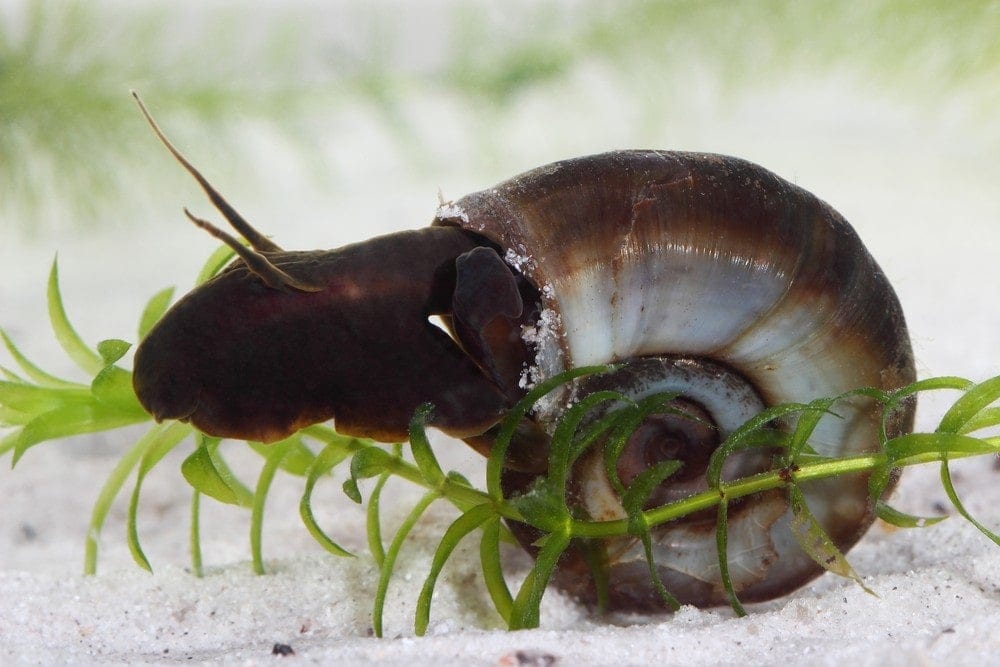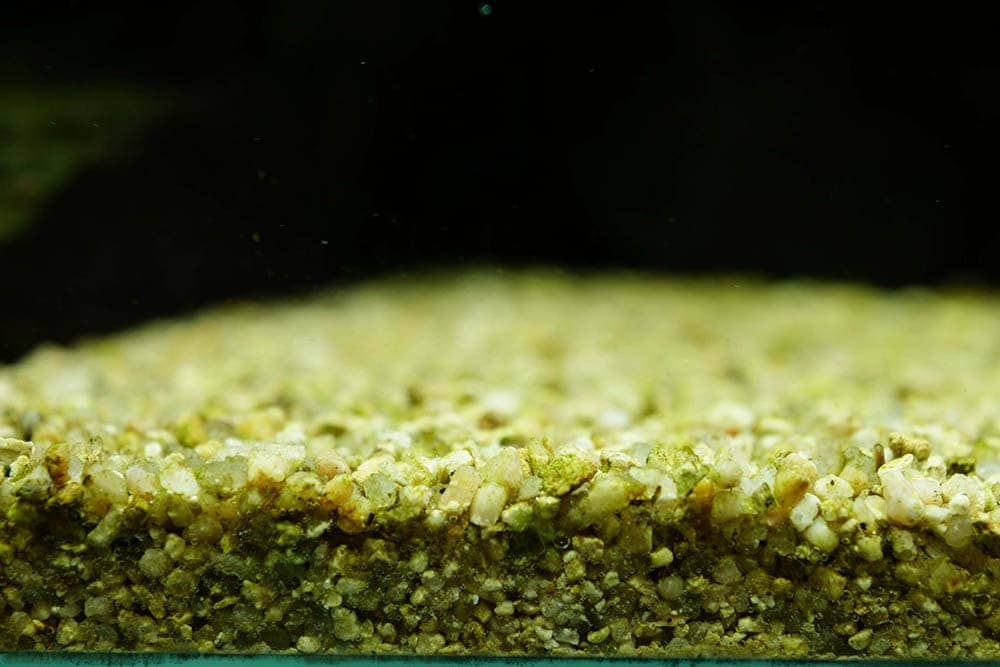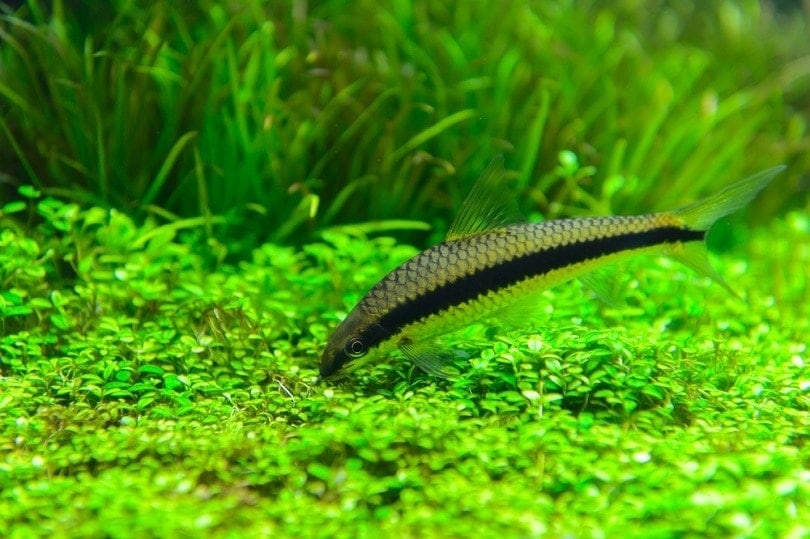What Do Plecos Eat? Nutrition Facts & FAQ
Updated on
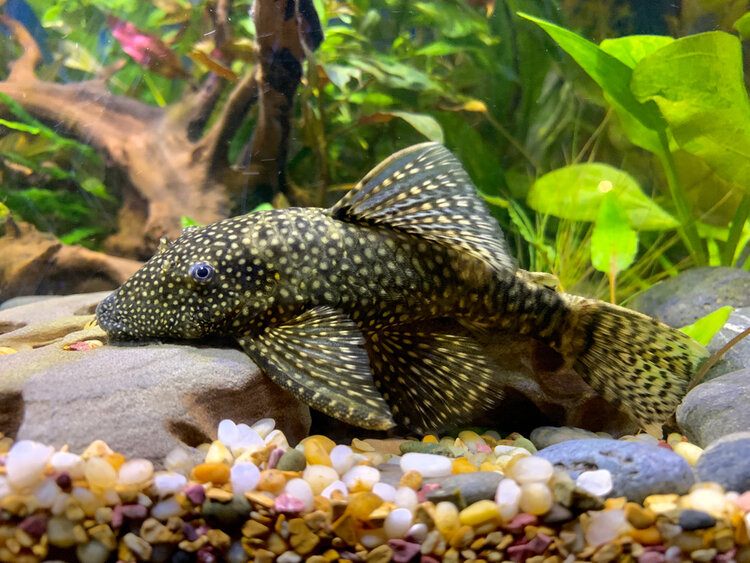
Plecostomus fish, or plecos, are a group of armored catfish that primarily come from South America. There are somewhere around 500 species of plecos in the world, but only a handful of those are appropriate for the aquarium trade due to the size that most of these fish can reach. In the aquarium trade, the smallest plecos only reach around 2 inches in length, while the largest can exceed 12 inches. Plecos belong to the Loricariidae family, which is the largest family of catfish on the planet. They have diverse diets that can include plant matter, vegetables, fruits, fish food, animal carcasses, and insects.

What Do Plecos Eat in The Wild & as Pets?
The type of pleco you have will determine what its diet should consist of. The majority of plecos are primarily herbivorous fish, but they are technically considered omnivores because they require some protein in their diet. Some varieties, like the Bristlenose pleco, are pretty much exclusively herbivorous. The common pleco is an example of a truly omnivorous pleco. Algae is a dietary staple, but plecos will also eat plant matter, vegetables, fruits, fish food, animal carcasses, and insects.
Some plecos are carnivores that feed on animal carcasses and will opportunistically eat small crustaceans and fish they come across. Zebra plecos are a good example of a carnivorous pleco. Many carnivorous plecos are expensive and difficult to find in the pet trade.
Many people don’t realize that there is another dietary type that plecos fall under: xylophagous. This means that their primary source of nutrition is wood. One example of a xylophagous pleco is the Royal pleco. Xylophagous fish require large amounts of fiber in their diet, which they get from consuming driftwood. In the wild, they feed on the soft surfaces of driftwood, but they consume algae and small crustaceans and invertebrates living on the surface of the wood.
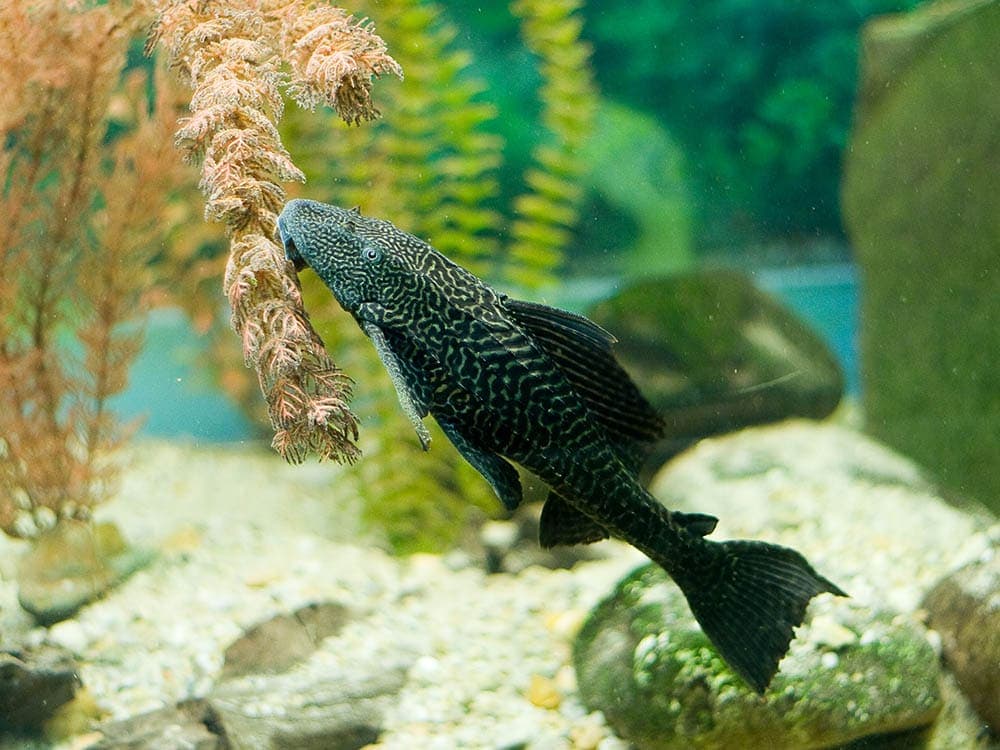
Common Misconceptions About Feeding Plecos
The most common and most damaging misconception about plecos is that they will eat the algae growing in your tank. Some varieties of pleco won’t eat algae at all, and some omnivorous plecos will only eat algae if other food options in the tank are scarce. This misconception often leads to people inadvertently starving their pleco to death. Believing that all their fish needs is a tank with algae in it, they don’t offer other foods to it.
If you’ve made this mistake before, it shouldn’t be surprising; it is very common, especially among people who purchased a fish on a whim without doing research beforehand. It’s also common for people to purchase plecos solely for the purpose of clearing up tank algae without realizing that some plecos aren’t going to touch the algae in your tank.
This mistake really backfires in the case of large species, like the Common pleco, because they add a significant bioload to the tank and can become territorial and aggressive with age.
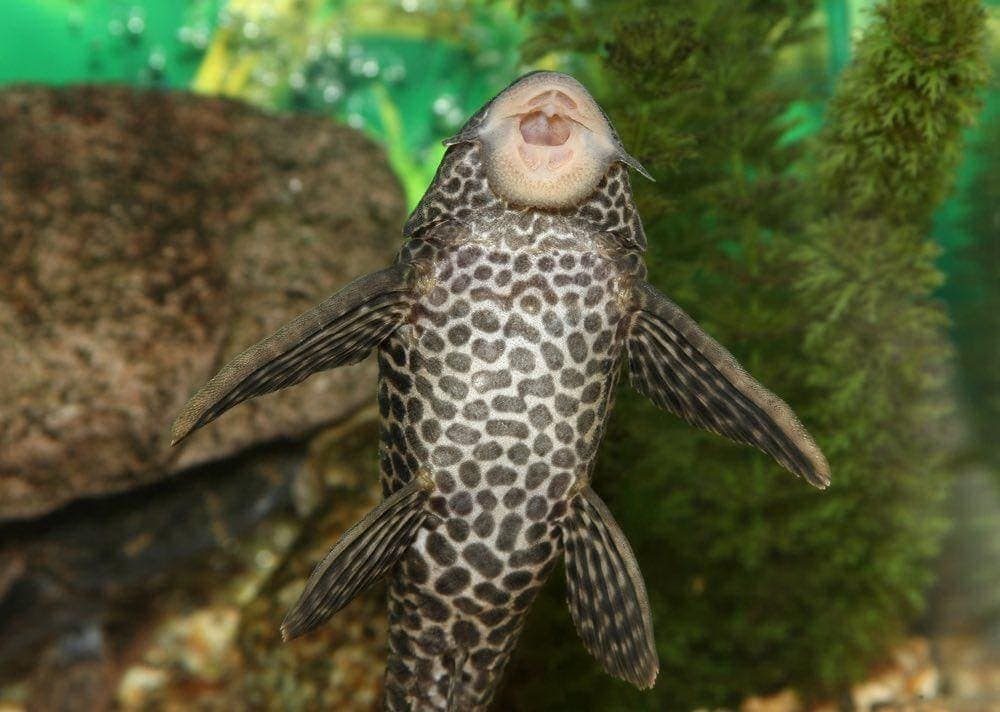
What Should I Feed My Pleco?
The first step to identifying how to feed your pleco is to determine the species of fish you have and the type of diet it requires. Carnivore pellets, shrimp pellets, salmon pellets, raw fish, raw shrimp, thawed proteins like brine shrimp and bloodworms, and insect larvae are all good options for carnivorous plecos.
Xylophagous plecos are easy to please, but keep in mind that while their primary diet consists of wood, their entire diet requires balance. Keeping soft driftwood in the tank is a necessity for these fish. They also need algae wafers, plant matter, and aufwuchs.
Omnivorous plecos offer the most dietary options because they can eat just about anything that other omnivorous fish would eat. Fish food, algae wafers, carnivore pellets, thawed frozen foods, insects, and shrimp can all be on the menu for omnivorous plecos. They, along with herbivorous plecos, should also be offered a variety of fruits and vegetables.
Leafy greens, like lettuce, spinach, and arugula, are the best options for daily feeding. They can also have zucchini, cucumber, cilantro, parsley, broccoli, brussels sprouts, carrots, and peas a few times per week. As a treat, you can offer bananas, apples, berries, winter squashes, melon, and pears. Avoid acidic foods and limit treats to once or twice weekly.
Final Words
Feeding your pleco can be a fun experience for you as you work to find their favorite foods. A varied diet is key, regardless of the species you have. Just like people, their health can suffer if they eat the same thing every day with no variety. Dietary variety ensures all nutritional needs are being met, as well as adding some enrichment and interest to your pleco’s day-to-day life.
Researching the type of pleco you intend to bring home before doing so can help you be prepared with startup diet options. It can also help you avoid making the dangerous mistake of assuming you know what your pleco should be fed. There are several algae eaters available for home tanks, and plecos are often not the best option.
Featured Image Credit: TTONN, Shutterstock

